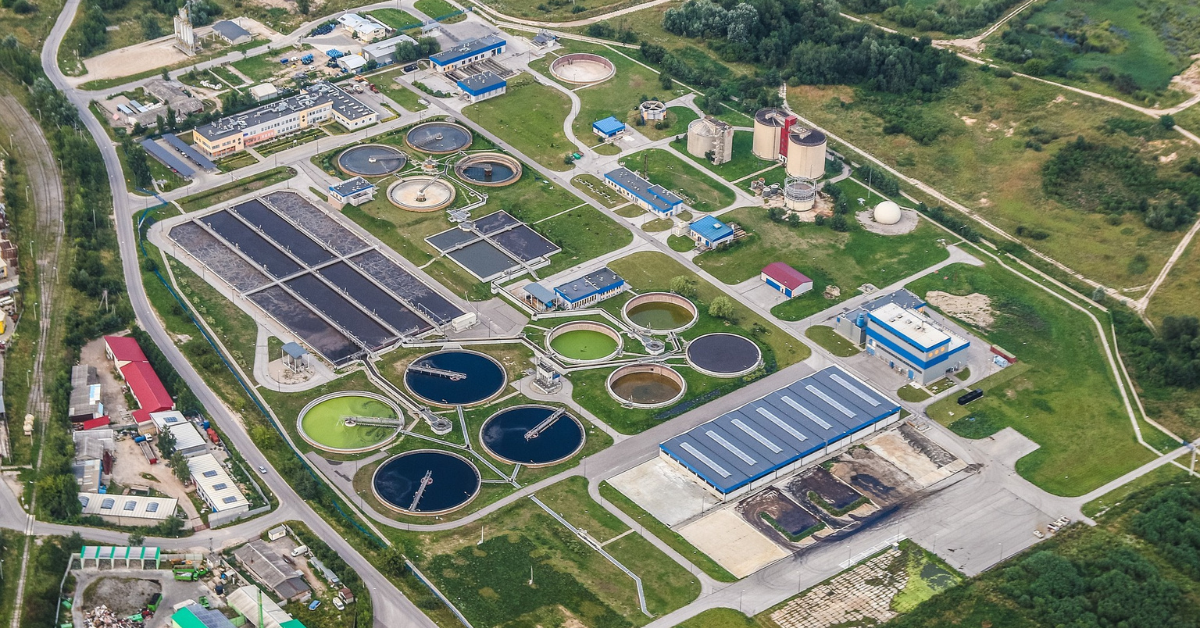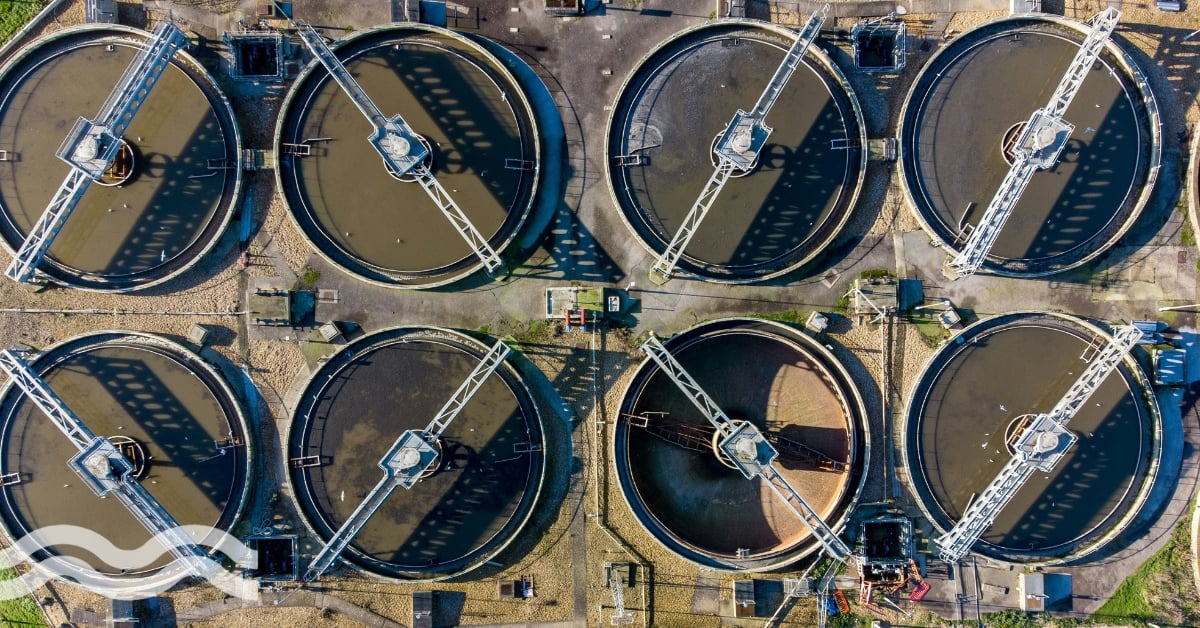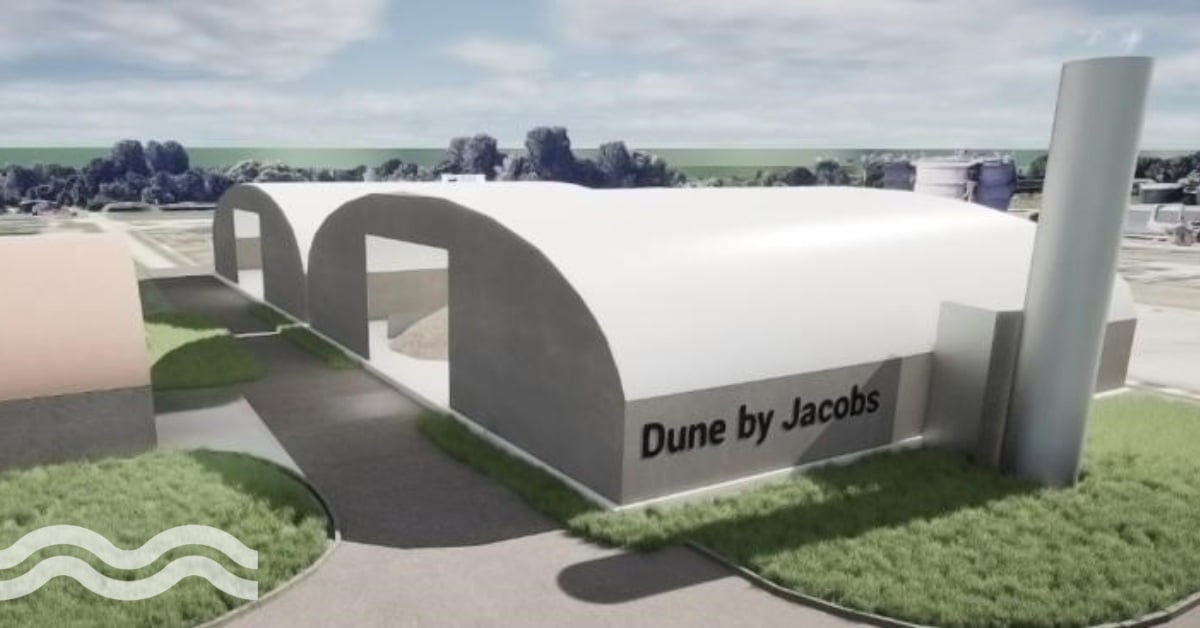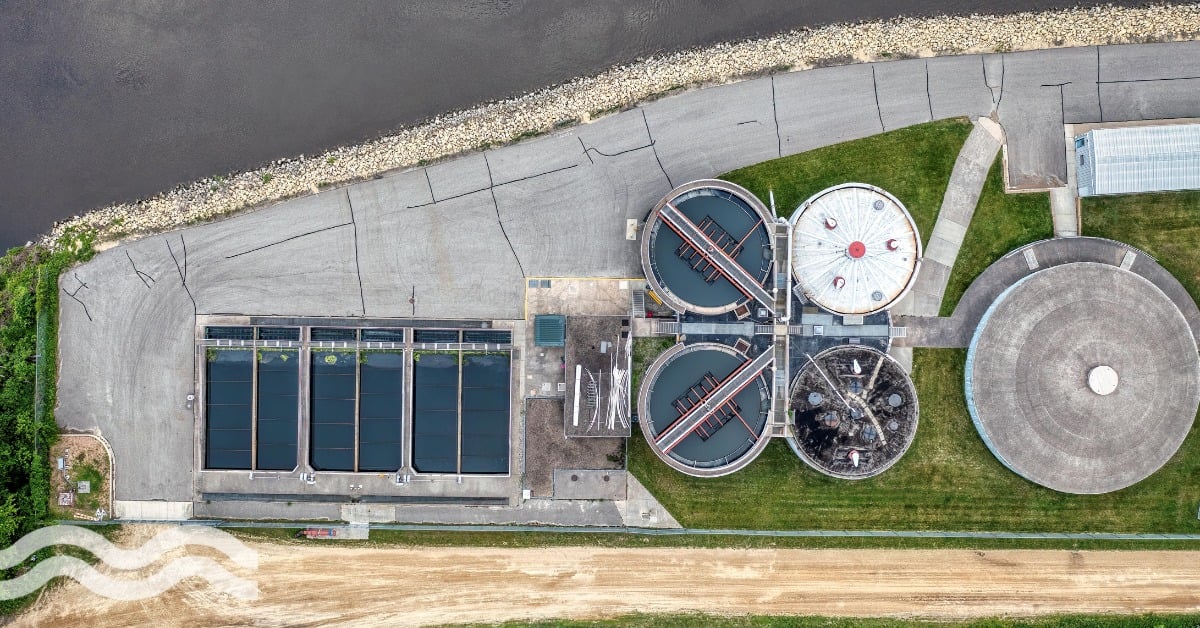Project turns wastewater into green methanol
A consortium of Spanish partners, including sustainable water resources management company ACCIONA, is developing and trialling technologies in wastewater treatment plants designed to provide an efficient, renewable methanol production system for direct application in maritime transport.
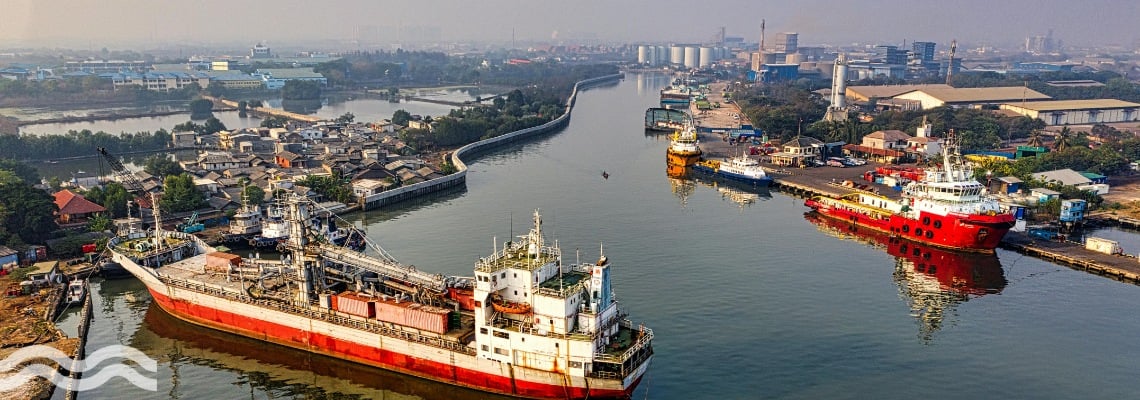
What is the COMECOCO2 project?
As well as ACCIONA, the COMECOCO2 project brings together 10 other multidisciplinary entities across Spain, including research institutes, manufacturers, water treatment specialists, and the Port of Barcelona.
Funded under the country’s Misiones de Ciencia e Innovación - Transmisiones call, as part of a technical innovation plan covering 2024 to 2027, the main objective of the €4 million project is the development of a P2L (Power to Liquid) technology for the generation of green fuels (methanol) from renewable sources and water. The use of renewable sources for the project will address the extensive carbon footprint of the maritime industry. Green methanol also has potential for future use in the aviation industry.
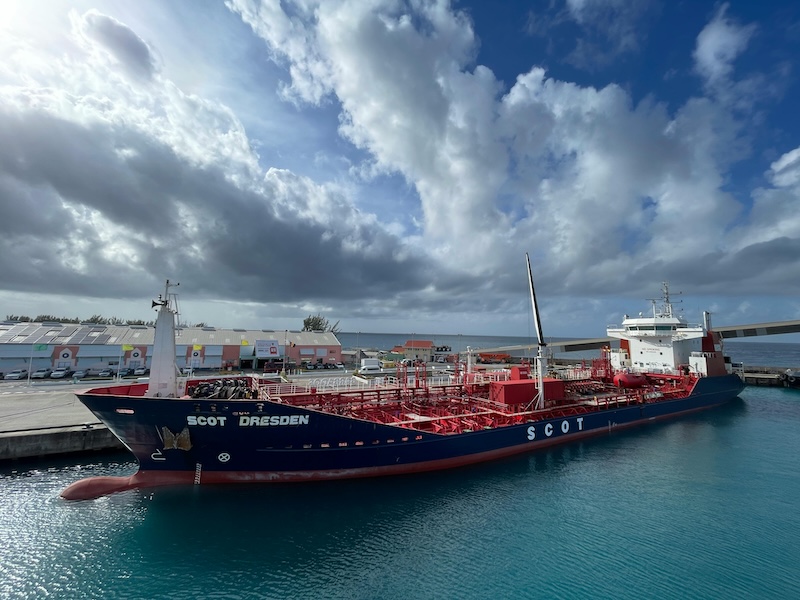
Why produce green methanol?
Methanol is an alternative fuel of choice in the shipping industry as it looks to reduce its reliance on fossil fuels. It is a light, versatile, colourless and flammable alcohol. It is a readily available chemical that can be produced from a variety of sources, including natural gas, biomass and carbon dioxide.
Many leading shipping companies have already chosen to use marine methanol, specifically grey methanol. However, this is derived from coal and gas sources, and results in the release of greenhouse gases. The maritime industry is now turning to alternatives, such as green methanol, which is produced using biomass or renewably sourced hydrogen and carbon dioxide. Its benefits include low emissions, low cost, and excellent energy density.
COMECOCO2 is focusing on developing more sustainable methanol production routes.
Wastewater treatment plant integration
There are three main benefits of integrating such a system in a wastewater treatment plant (WWTP):
- First, biogas generated by the plant contains CO2, which can be used.
- Second, the system will recycle water to produce steam, which is required by the co-electrolysis subsystem.
- Third, it provides increased circularity to wastewater treatment, resulting in a by-product that can be sold to an industry needing lower carbon forms of fuel.
Focus will be on developing a system that combines the generation of syngas through high-temperature co-electrolysis of the captured CO₂ and water vapour, followed by its conversion into methanol in an advanced catalytic reactor.
This will reduce the carbon footprint associated with methanol production, and according to ACCIONA, overcome current barriers, including high costs, low efficiency, and limited durability of the materials used.
Methanol synthesis in WWTPs
ACCIONA’s role in the project is to focus on the study, design, installation, and integration of the final methanol synthesis system in a WWTP, considering both the use of CO2 from sludge digesters and the reuse of treated wastewater.
During this process, the impact of impurities present in CO2 and water quality on system performance and operation will be assessed to ensure its proper functionality in the plant.
Overall, the production of green methanol is expected to achieve process efficiencies above 65 per cent and reduce energy consumption by 25 per cent compared to conventional green methanol production pathways.
